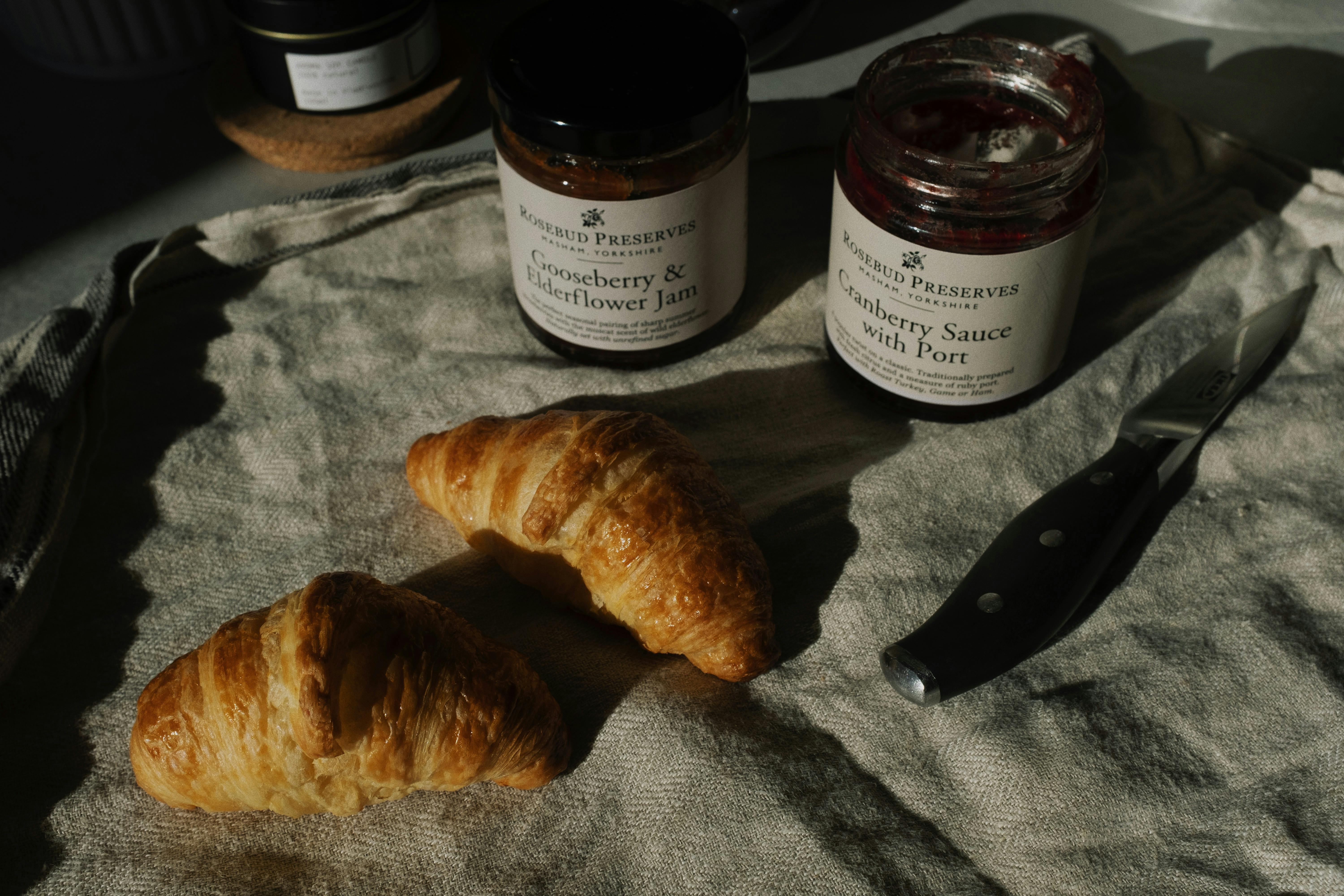
What you need to know about kitchen colors
Color is a very important design element for kitchens and bathrooms as it plays a major role in affecting our moods.
A good combination of kitchen colors in your decoration scheme can make your kitchen look more lively and attractive. However, mismatched color schemes can ruin your décor.
Color can influence the mood of a room. For example, studies have shown that red can speed up the pulse and respiratory rate, as well as increase appetite. Yellow, especially soft yellows, can make people feel happy. When used as an accent, bright yellow can draw attention and brighten up a kitchen. You can also use color to influence how big or small a kitchen can feel.
With kitchen color becoming more important, many cabinet, appliance, flooring and countertop manufacturers offer consumers more color options. The best colors for the kitchen should include shades of brown, peach, yellow, pink or blue.
Kitchen color schemes have come and gone over the years. Some kitchen color schemes have remained popular over time.
White as a kitchen color remains a popular choice due to its clean look. One downside to an all-white kitchen is that it can look and feel sterile and cold. That’s why white is usually accented with another color, like blue. Also design elements, such as a light-colored oak floor or the soft touches provided by curtains, can make a kitchen appear warmer. It’s considered a good idea to select one color as your overall or base color and select one or two accent colors.
You can feel confident selecting almost any color for your kitchen by following a few important guidelines.
to use different kitchen color schemes:
It is considered a good idea to use color in a room to have a 60-30-10 split between three colors,
60% representing the main or dominant color, probably on the walls or cabinets. 30% of a secondary color used in flooring or carpeting, as well as window treatments. 10% for details such as dishes, artwork, pillows, and other soft items.
The monochrome color scheme is highlighted by the use of a single color. To create more variety, I would use various tints, shades, and shades of that color.
The complementary color scheme uses two colors placed opposite each other on the color wheel. This scheme is quite intense and brings a more dramatic and energetic touch to the home decoration.
The analogous color scheme includes three hues placed side by side on the color wheel with warm colors or cool colors mixed together, such as yellow and green, blue and violet, or red and orange. Kitchens would generally not be the type of room where the type of color scheme would be used. This color scheme would be best for more casual areas of the home such as living rooms, dens, and bedrooms or where one is looking to rest and recover from the day’s activities.
Neutral colors include taupe, tan, black, white, cream, and shades of gray. Neutral colors can be combined with almost any color as an accent. Since your cabinets account for the bulk of your kitchen decorating expense, you’d be better off choosing a style with a more neutral finish. This also applies to countertops and floors.
A good decorating scheme is to emulate the color schemes found in nature, such as sky blue or various shades of green or earthy brown or light or pale yellow. Light can also be an important element in emphasizing colors and can generate different shades and views of color based on varying intensity.




No Comment